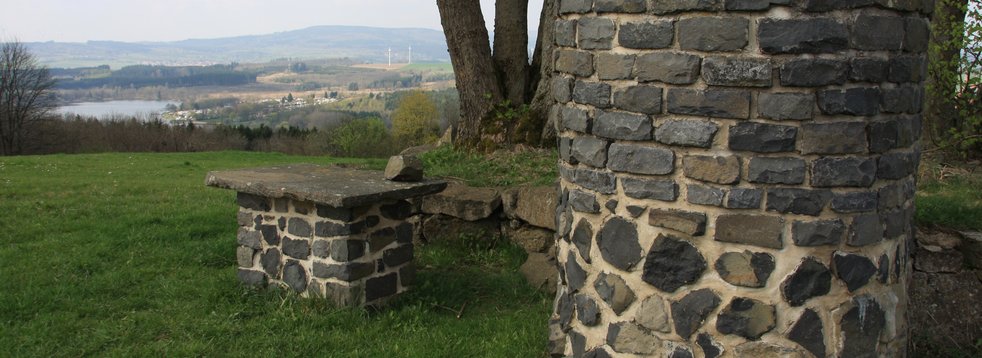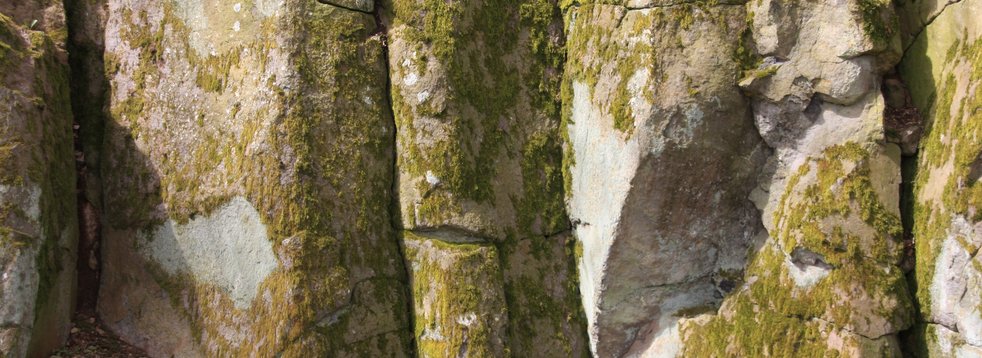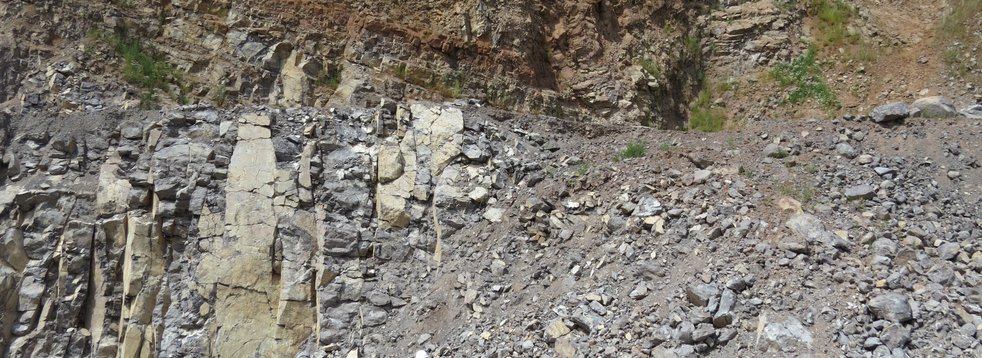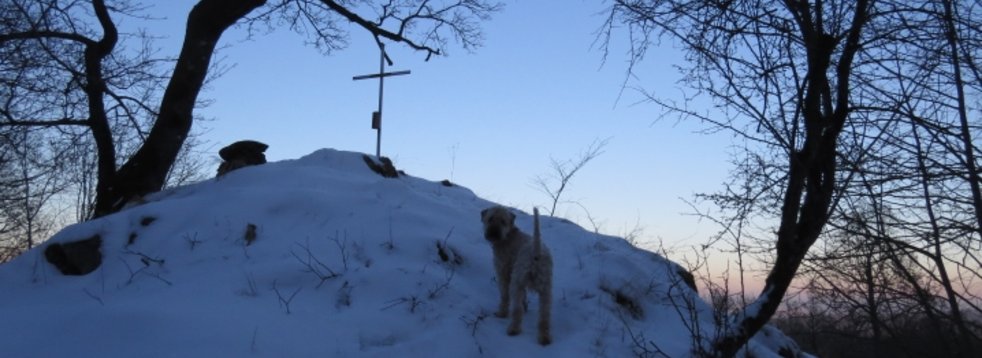Basalt columns from the Vogelsberg in the Netherlands
Did you know that basalt columns from Vogelsberg protect the dikes in the Netherlands?
The naturally formed basalt columns, preferably with hexagonal geometry, are formed by a cooling process of the red-hot lava, comparable to a drying mud puddle.
They are typical for the Vogelsberg and other volcanic areas such as the Rhoen and the Westerwald, but today they are only freely accessible in a few places. The most beautiful example of pillar basalt in the volcanic region is the eastern wall of the Amoeneburg.
Mainly in the first half of the 20th century, basalt columns were mined in quarries or initially only taken from the surface, where they were clearly visible. A physically heavy and partly also dangerous work without large technical aids. They were used in the masonry construction of numerous houses in the Vogelsberg, but especially in hydraulic engineering to fortify bank zones and dikes.
A typical example is Zeeland in Holland. There, the dike workers and their work at the marketplace in Westkapelle have even been given a monument. In the Vogelsberg, the museum in the brewery of Homberg (Ohm) reports in a section about the work of the stone judges under hard conditions.
Further interesting aspects about basalt can be found here.




































